The Wild Flower Hotline is returning ... but will 2024 give us a superbloom?
Published in Lifestyles
LOS ANGELES -- Come spring in California, after even a little bit of rain, people start asking the big questions: When does the Wild Flower Hotline start up and will this year be a superbloom?
The first question is easy: Theodore Payne Foundation's Wild Flower Hotline resumes on March 8, and updates every Friday into June. You can access the info three ways: as a phone message by dialing (818) 768-1802 ext. 7, by subscribing to the podcast, or simply reading the online blog.
The information is collected by botanist Lorrae Fuentes, who has assembled a network of botanist colleagues to report their wildflower sightings in Southern and Central California every week, said Theodore Payne Foundation Executive Director Evan Meyer.
Fuentes writes the scripts, which are then narrated by Emmy Award-winning actor Joe Spano (of "Apollo 13," "NCIS" and "Hill Street Blues" fame, to name a few), "a sweet, charming guy who does this pro bono as a way of giving back to the community," Meyer said.
But will Fuentes and Spano be reporting another superbloom year?
That remains to be seen, Meyer said, but he's optimistic.
Fragrant big pod ceanothus (Ceanothus megacarpus) are already blooming in the Santa Monica Mountains, he said, and other flowers are preparing to bloom as the weather turns warmer, but popular viewing areas like the Carrizo Plain National Monument in Central California are probably a good month away from revealing their show.
The Carrizo Plain is a particularly good place to view wildflowers, Meyer said, because it doesn't have the invasive black mustard plants (Brassica nigra ) and non-native grasses that can overrun native blooms closer to Los Angeles. "It's a place to get a glimpse of what California's wildflowers were like 200 years ago."
Fast-growing mustard plants have bright yellow flowers that can look pretty from a distance, he said, "but they're very destructive to the native ecology" and when they dry out later in the year, they become a dangerous fuel for wildfire, so much so that property managers are hiring goats to mow them down on steep slopes.
Visitors are urged never to pick native wildflowers, so we can continue recharging the seed beds, but invasive, non-native flowers like mustard are fair game. The leaves of young plants are tasty in stir fries and salads (outdoors educator Jason Wise offers many classes for foraging invasive weeds, complete with recipes), and the flowers can make a lovely fabric dye.
...continued
©2024 Los Angeles Times. Visit at latimes.com. Distributed by Tribune Content Agency, LLC.
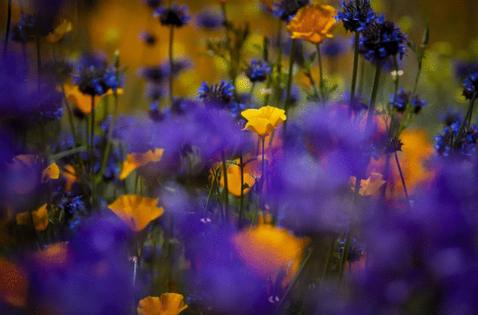
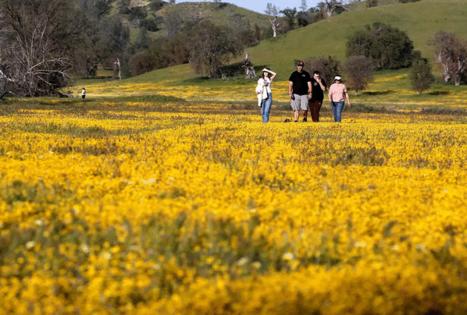
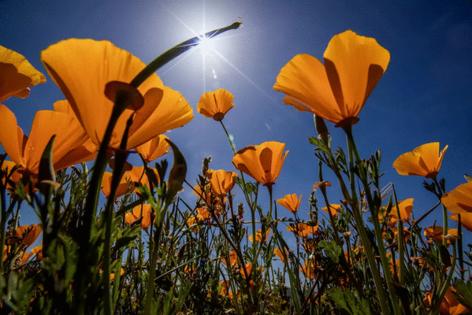
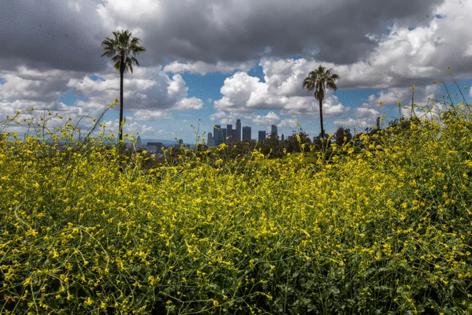
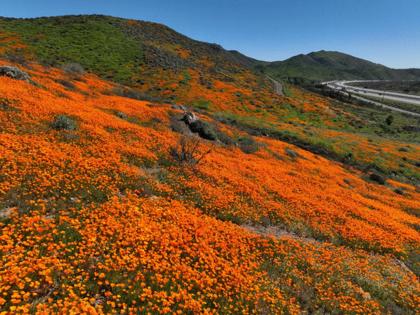











Comments